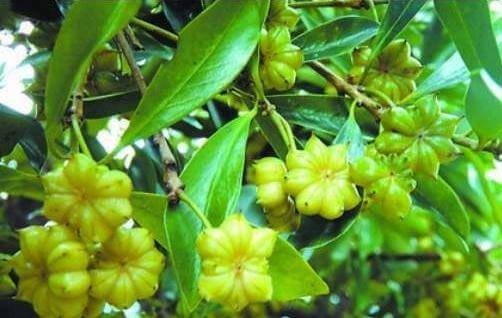When it comes to spices that have captured the culinary world’s attention with their unique flavor and numerous health benefits, star anise shines brightly. This star-shaped spice, known for its licorice-like flavor and aromatic qualities, has a rich history dating back centuries and plays a significant role in the cuisines of many cultures around the world.
Origins and Appearance
Star anise (Illicium verum) is a small, star-shaped fruit that grows on the evergreen tree native to China and Vietnam. The spice is botanically related to anise (Pimpinella anisum) and shares a similar flavor profile, which can be described as sweet, warm, and licorice-like. However, it’s important to note that star anise and anise are distinct spices with different flavor compounds.
The spice’s distinct star shape is a result of the fruit’s outer shell, which typically contains eight points or “arms,” each of which houses a single seed. The star anise pods are harvested just before ripening and then dried, which intensifies their flavor and preserves them for culinary use.

Culinary Uses
Star anise is a versatile spice used in a wide range of dishes, both savory and sweet, and is a key component in several spice blends. Here are some popular culinary uses of star anise:
- Flavoring Soups and Broths: Star anise is a common ingredient in Asian cuisines, where it adds a subtle, sweet flavor to soups, stews, and broths. It’s a vital component in the famous Chinese five-spice powder.
- Baking and Desserts: Star anise is a delightful addition to desserts, especially when paired with fruits like apples or pears. It’s often used in poaching liquids for fruit compotes and pies.
- Beverages: Star anise can be found in a variety of beverages, including chai tea, mulled wine, and herbal infusions. It contributes a warming, aromatic note to these drinks.
- Marinades and Rubs: It’s an excellent choice for marinades and rubs for meats like pork and duck. The spice’s sweetness pairs well with the richness of these meats.
- Flavoring Liquors: In some cultures, star anise is used to flavor liquors, with anise-flavored liqueurs like sambuca and absinthe being notable examples.
Health Benefits
Beyond its culinary applications, star anise has been recognized for its potential health benefits, largely attributed to its bioactive compounds:
- Antioxidant Properties: Star anise contains compounds like flavonoids and polyphenols that exhibit strong antioxidant properties, helping to neutralize harmful free radicals in the body.
- Digestive Aid: The spice is often used as a digestive aid, helping to alleviate symptoms like bloating and indigestion. It’s also used in traditional herbal remedies for its carminative properties.
- Antibacterial and Antifungal: Star anise has demonstrated antibacterial and antifungal properties, which may contribute to its use in herbal medicine for treating certain infections.
- Cough Relief: Star anise is a common ingredient in cough syrups and lozenges due to its potential to soothe sore throats and suppress coughs.
- Menstrual Pain Relief: Some cultures use star anise in herbal remedies to alleviate menstrual pain and discomfort.
Caution: Star Anise and Shikimic Acid
It’s worth noting that star anise contains a compound called shikimic acid, which is used in the production of the antiviral medication Tamiflu. However, not all species of star anise contain shikimic acid, and there have been safety concerns about some varieties, particularly the Japanese star anise (Illicium anisatum), which can be toxic and should not be consumed.
In culinary use, it’s advisable to stick with the Chinese star anise (Illicium verum) or the Illicium parviflorum variety, which is native to North America and also considered safe for consumption.
Star anise is a truly remarkable spice with a unique flavor profile and a wide range of culinary and potential health benefits. Whether you’re adding it to a savory stew, a sweet dessert, or a soothing herbal tea, this star-shaped spice is sure to leave a lasting impression on your palate and your overall well-being. Just remember to use it in moderation and exercise caution when selecting the variety for consumption, ensuring it’s safe for your intended use.


